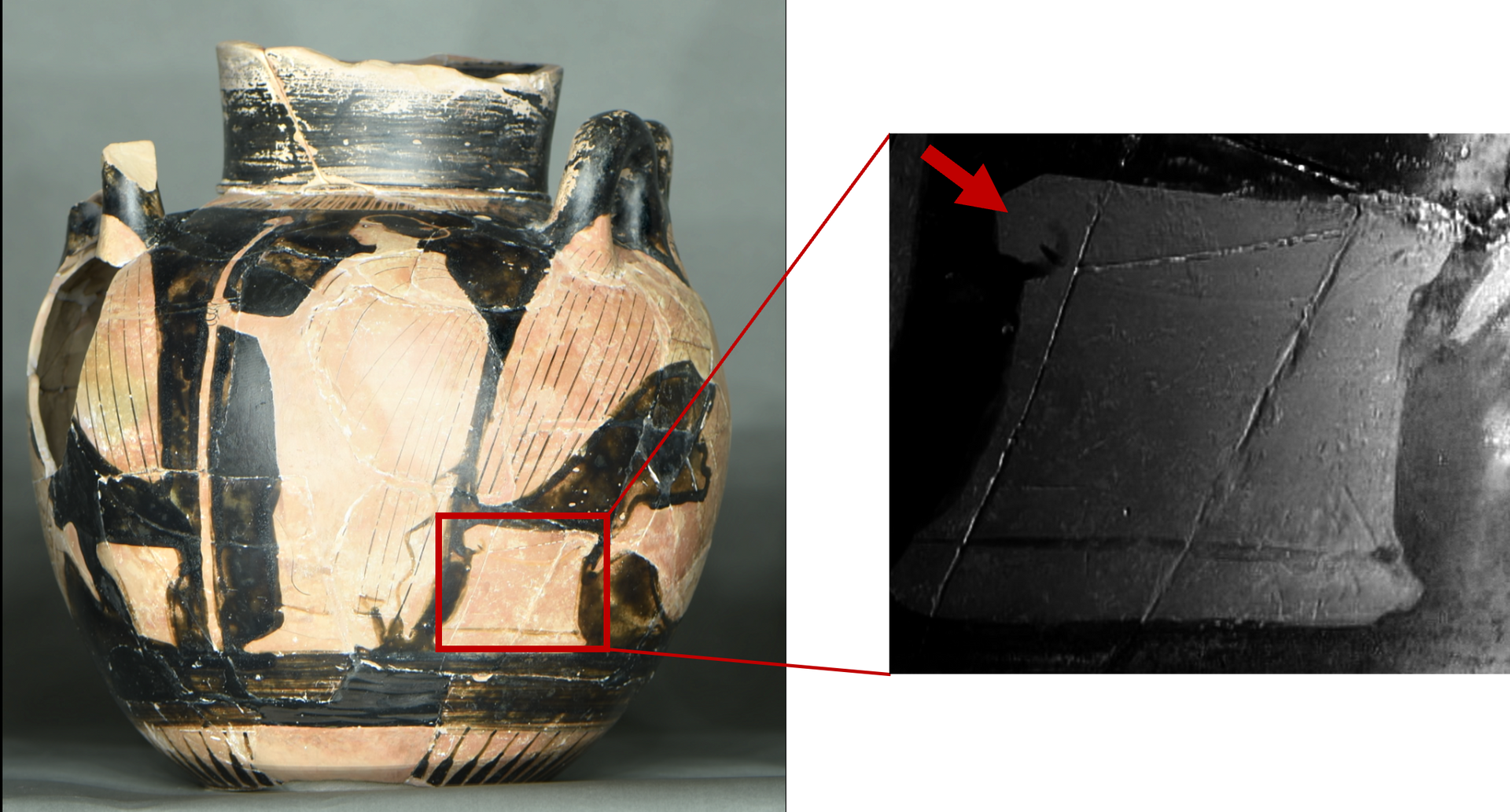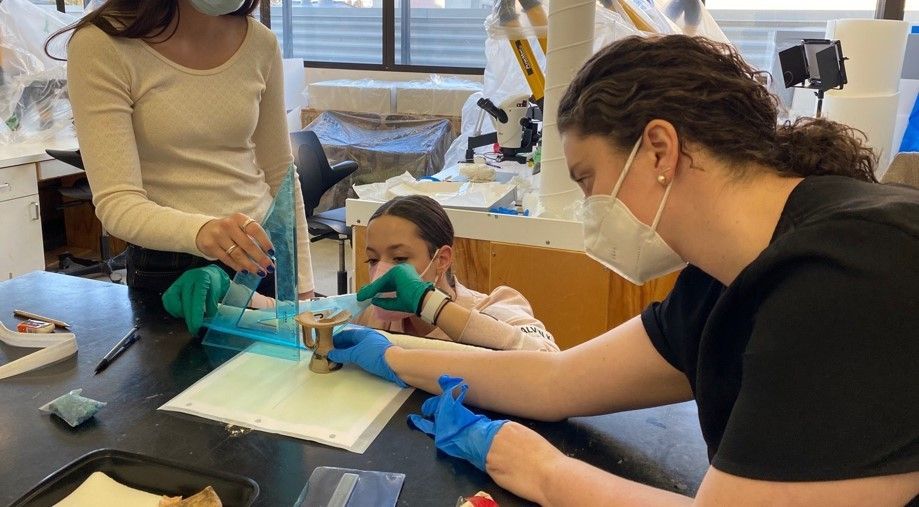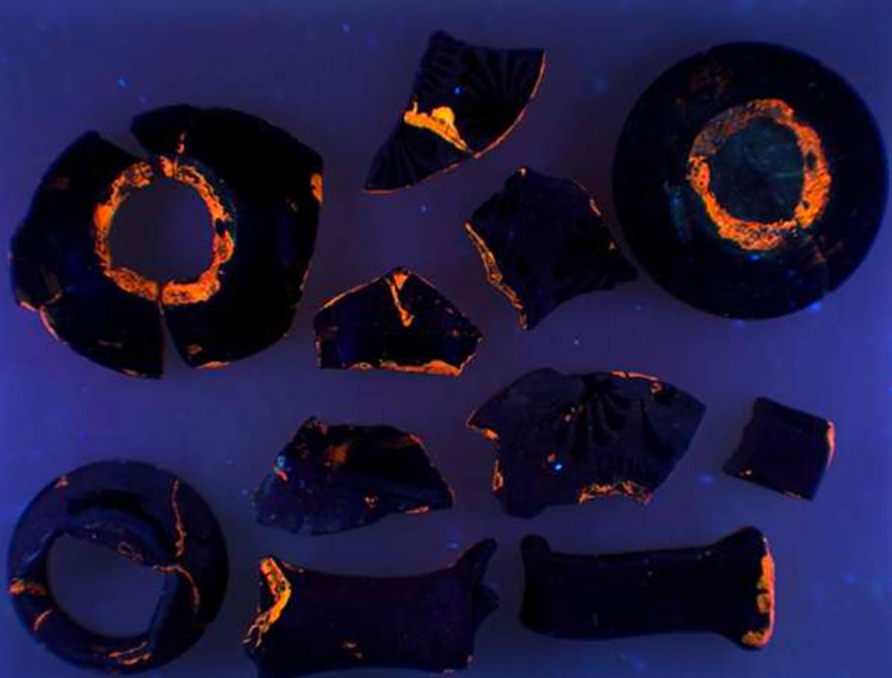555-555-5555
mymail@mailservice.com

Research
I am interested in how research can be translated into practice, whether it be through developing experiments that are repeatable and relevant to treatment methods, or utilizing the results of technical analysis to make informed treatment decisions. Regardless of the focus of my research, I am committed to sharing my work, both within the conservation community and with larger audiences. I have presented on my work at conferences and symposia, in addition to producing public-facing content for websites and exhibitions.
This is a research project currently in development at the Getty Conservation Institute, and is one of the main focuses of my Graduate Internship.
Research aims include characterizing the interactions between various polishes and the surface of modern metal alloys, both immediately after application and in the long term.
Through surveys and conversations with conservators and metal fabricators, we've identified methods and principles applied to polishing in the context of both treatment and fabrication. We are currently developing an experimental method to visualize and quantify changes to the metal surface due to polishing, including with proprietary materials.
Getty Conservation Institute - Evaluating Polishes for Mirror-Finished Metals
As a research assistant for this interdisciplinary project funded by the Social Sciences and Humanities Research Council of Canada (SSHRC), I was a vital part of a research team consisting of Art Conservation and Classics graduate students. We worked under the supervision of principal investigators Professor Emy Kim (Art Conservation) and Professor Cristiana Zaccagnino (Classics) to study three ancient Greek objects: a lebes gamikos, a lekythos, and a Tanagra figure group.
In utilizing analytical techniques such as Polarized Light Microscopy, Scanning Electron Microscopy – Energy Dispersive Spectroscopy (SEM-EDS) and Reflectance Transformation Imaging, we uncovered details about each object’s history, and collaboratively made decisions regarding the reversal of previous interventions and retreatment.
Additionally, this project culminated in a public facing exhibition, symposium, and website, aimed at sharing our results with a larger audience. The preliminary results of the research, including the success of the collaborative framework established, was also presented in a lightning round talk at ANAGPIC 2023.
Antiquities Through Modern Eyes: Investigating Ancient Greek Ceramics in the Diniacopoulos Collection at Queen's University

Slide title
Write your caption hereButton
Slide title
Write your caption hereButton
Slide title
Write your caption hereButton
Slide title
Write your caption hereButton
Slide title
Write your caption hereButton
This research project was conducted as part of a research associate position where I investigated sustainability within the Art Conservation labs at Queen’s University under the supervision of Professor Emy Kim.
Although sustainability has many facets, including social, economic, and environmental, I chose to focus on environmental for the scope of this project. Through surveys with students, waste audits, and consultations with experts on Queen’s campus, I was able to track student decision making regarding waste disposal in the laboratory spaces over the course of the academic year. Implementing tangible signage and sending sustainability focused emails with resources helped to empower student decision-making and divert waste to the recycling stream.
I presented on the results of this project at the 2023 AIC Annual Meeting in Jacksonville, Florida, and within symposia and guest lectures aimed at students both within and outside of the conservation field.
Increasing Student Engagement in Sustainability Initiatives at the Queen’s University Art Conservation Program
The field of art conservation has recently been engaged in research to find more sustainable coatings and corrosion inhibitors for outdoor sculpture. This research project, conducted as a capstone project within my master’s program, contributed to these efforts by investigating the efficacy of three clear coatings, including two that are labeled as Ultra-Low VOC (less than 50g/L produced).
Ship-2-Shore Corrosion Shield (calcium alkylsulfonate surfactant compound, ultra-low VOC), Permalac Clear Coat Satin (acrylic coating), and Permalac NT Satin (acrylic coating, ultra-low VOC) were applied to mild steel test coupons according to manufacturer recommendations and naturally aged outdoors in winter conditions in Kingston, ON.
The corrosion impedance of each coating type was evaluated through gravimetric analysis, and the film formation mechanism of each coating and damages to the coating layer after aging were visualized through E-SEM and ATR-FTIR in reflection mode, utilizing a microscope attachment. Although all coating types provided better protection for mild steel than no coating, the Ship-2-Shore Corrosion Shield appeared to have the highest variability in coating formation, warranting the need for further study.